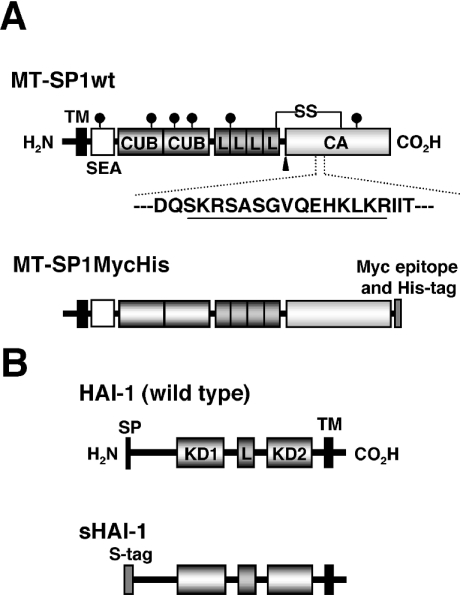Figure 1. Domain structures of rat MT-SP1 and rat HAI-1 and diagrams of the expression constructs.
(A) Schematic representation of the structure of rat MT-SP1 and diagram of an expression construct. Wild-type MT-SP1/matriptase (MT-SP1wt) consists of 855 amino acids. The amino acid numbering starts from the putative N-terminus of the protein. The predicted disulphide linkages are shown as SS. The potential N-glycosylation sites are marked with a ‘lollipop’ symbol. The putative activation cleavage site is indicated by an arrowhead. The site of antibody production (Spr992) is indicated by appropriate underlining in the amino acid sequence in single-letter code. MT-SP1MycHis represents a recombinant form fused to the myc epitope (Myc) and His6 tag at the C-terminus. (B) Schematic representation of the structure of rat HAI-1 and diagram of an expression construct. Wild-type rat HAI-1 consists of 508 amino acids. The amino acid numbering starts from the putative N-terminus of the protein. sHAI-1 represents a recombinant form in which the N-terminal region containing the signal peptide (Met1–Pro35) is replaced by the human IgG κ-chain signal peptide and S tag. TM, transmembrane domain; SEA, SEA domain; CUB, CUB domain; L, LDLRA; CA, catalytic domain; SP, signal peptide; KD, Kunitz domain.

